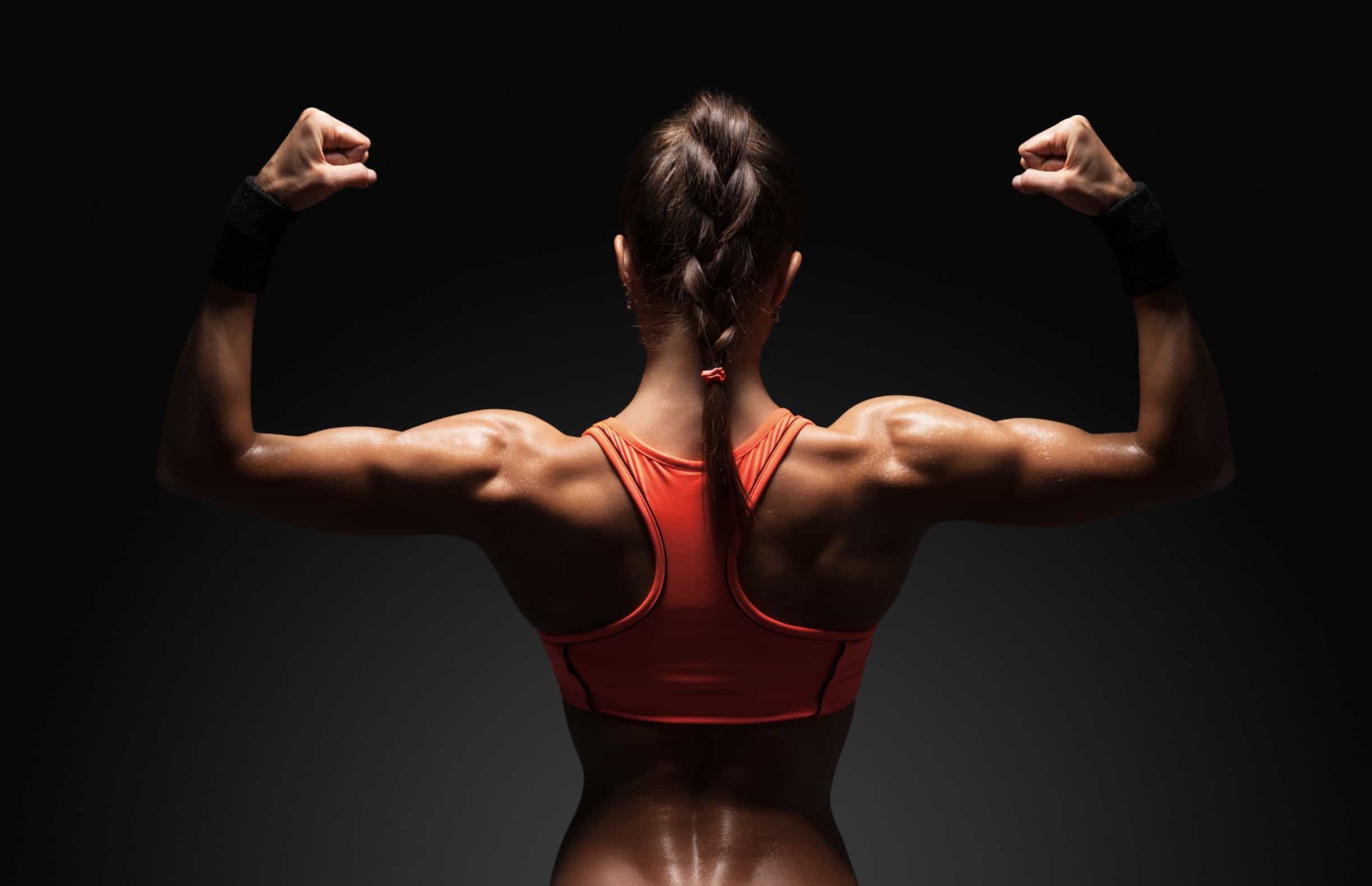Perhaps, you’ve already heard about the adage, “Never skip leg day.’” But, don’t disregard ‘back day’ either. Adding a back-focused workout won’t only help you build your back muscles as the routine may provide other benefits. You’ll find some of these advantages as you continue reading the rest of the article.
Protects Against Back Pain
The muscles in the back are integral for maintaining a healthy lifestyle. Inserting back-focused exercises into your regular workout regimen may help repair, stretch, and strengthen muscles that support your overall physiological construct.
The back, along with the abdominal muscles, creates an internal corset. This construction may support different physiological components, including the ligaments, facet joints, and vertebrae discs. If the back and ab muscles are weak, the body may not support the back efficiently, causing pain and discomfort.
Individuals experiencing back pain may perform certain exercises that may help relieve the ache and strengthen that specific region. One exercise that may help in this endeavor is the ‘Superman.’ Named after the iconic superhero, Supermans allow you to perform the hero’s famous pose while he flies through the air with the greatest of ease. But, instead of flying, you’re going to do this workout on the ground, preferably on a mat.
Here are the steps to perform the Superman correctly and efficiently:
- Start by lying face down on the ground.
- Stretch both arms out front while keeping the legs stretched out.
- Raise both your hands and feet off the floor.
- Aim to create a six-inch gap between your hands and feet from the floor.
- Aim to pull the belly button inwards to help contract core muscles.
- Avoid looking forward or upward and maintain your focus on the floor. Hold this position for two seconds before returning to the starting position.
- Wait another two seconds before returning to the Superman pose.
- Repeat this workout at least ten times to call it a set.
The Superman workout helps the back extensors that run along both sides of the spine. Developing these muscles support the spine and pelvis, helping the body reduce pain from these areas.
Helps Develop Better Posture
Poor posture may come from weak back muscles, and this predicament might lead to additional health concerns.
First, you might experience neck pain because of slouching. Remember that both the neck and spine generally don’t have a curved construction. Curving these areas may result in unnecessary strain, which might lead to permanent damage. It’s because your neck is trying to lift your heavy head, which might be like a toothpick trying to hold an orange horizontally.
Moreover, poor posture may lead to reduced lung capacity. Note that the lungs tend to function their best when the diaphragm and rib cage have adequate space to expand fully. But, practicing poor posture for extended periods may put unwanted pressure on the lungs, restricting airflow, making it challenging to breathe normally.
On the other hand, excellent posture may help alleviate these concerns. Developing your back muscles may reduce the risks of slouching, thereby increasing opportunities for increasing lung capacity and reducing strain from the back and neck. But, it might be challenging to work on your back muscles during the pandemic. At the time of writing, the COVID-19 virus is still lingering in different locations globally. If this virus is still alive in your area, you can try yoga as part of your lockdown workout routine to improve your posture and back muscles.
You may start with the following yoga routine:
- Mountain pose: It may look like you’re standing normally, but the mountain pose ‘forces’ you to display a proper posture.
Place your feet at about hip-width apart and bend the knees slightly. Ensure that the feet stay flat on the ground and your hips are in a neutral position. Next, slide your shoulders down to your back and ensure that the head’s crown looks straight horizontally.
- Standing forward fold: From mountain pose, proceed to lower your upper body to the ground. Imagine your chin crawling through your body until it meets your thighs. Don’t worry if you’re not the most flexible person in the world; you might get to that point with enough practice. Once you reach your lowest point, your hands may grab the opposite elbows. Otherwise, you may put your hands on the floor.
This pose helps lengthen the spine. You may increase the effect by adding a slight rotation to your thighs as you hold this pose.
- Downward dog: Also called the ‘down dog,’ this pose helps straighten the spine and the muscles near it. From the standing forward fold, move your hands and knees to the floor. Then, lift your hips as you straighten the legs. Imagine a dog stretching, hence the name of the pose.
From the downward dog pose, you may move to other poses, such as the ‘warrior 1,’ ‘cobra,’ or ‘cat cow.’ These yoga poses might become excellent exercise routines to help develop the back muscles, improve posture, and, maybe, even reduce back pain.

Helps Improve Athletic Performance
Many athletes think that improving the core is the foundation for strong athletic performance. Although the core muscles are integral for maintaining peak physical performance in the field, these muscles aren’t the only components that help sustain athletic efficiency. It’s because you also need to train the back muscles, particularly those in the lower back.
The lower back muscles may help keep the spine erect, supporting different physical activities, like running, jumping, and climbing. Weak lower back muscles tend to be prone to injuries, which might adversely affect athletic performance.
One way to improve muscles in the lower back is the deadlift. Here’s how to do this exercise:
- Stand with the middle of your foot under the barbell.
- Bend and grab the bar, your hands about shoulder-width apart.
- Bend the knees and ensure that your shins are touching the bar.
- Lift your chest first before straightening the lower back.
- Take a deep breath, hold it, and stand up while holding the entire weight of the barbell.
- Hold this position for a second, with your hips and knees locked.
- Slowly return the weight to the floor and rest.
Always remember that you shouldn’t attempt to do a deadlift without proper supervision, especially if you’re a beginner. This exercise might help develop your back muscles, but doing it with improper form may significantly increase your risks of injury.
Final Words
Preventing back pain, improving posture, and enhancing athletic performance are a few of the many potential benefits of training your back muscles. Always follow proper form and procedure while you train your back and other supporting body parts. You may find your back muscles developing over time if you follow this guide.
If you are not experiencing any improvement in pain despite performing above exercises, then you should consult spine and back pain experts from The Spine & Rehab Group. Specializing in all types of spine related injuries, they employ non-invasive treatments to speed up your recovery process.

